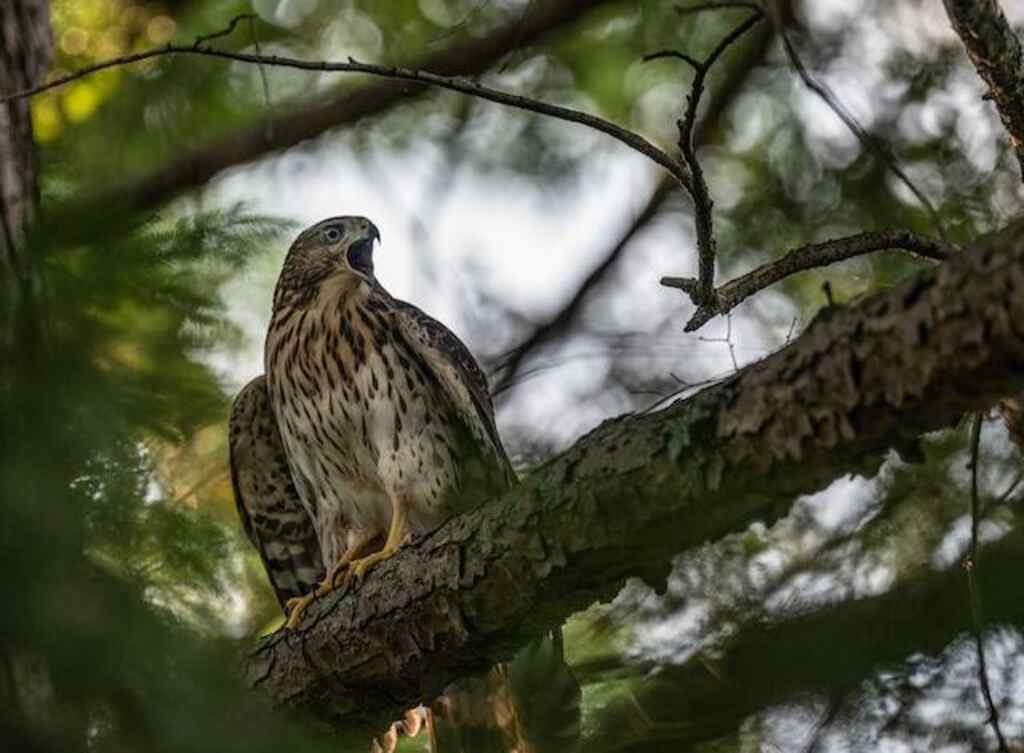Hungry for a feathered feast of fascinating facts? Brace yourself for a wild culinary adventure as we uncover the truth behind a burning question: Do hawks bury their food? The answer: Surprisingly, no!
But don’t wing it just yet! Join us as we explore the extraordinary dining habits, strategic hunting maneuvers, and the remarkable ways hawks ensure their meals are safe from prying eyes.
Get ready to indulge in a beak-to-tail exploration that will leave you craving for more tantalizing tidbits!
Table of Contents
- 1 Key Takeaways
- 2 Do Hawks Bury Their Food?
- 3 Overview of Hawk Hunting Behavior
- 4 Comparison with Other Animals
- 5 Hawk Prey Preference
- 6 Hawk Feeding Behavior
- 7 Hawk Digestive System
- 8 Studies on Hawk Burial Behavior
- 9 Alternative Explanations for Disappearing Prey
- 10 Implications for Conservation
- 11 Conclusion and Future Research Directions
- 12 Frequently Asked Questions
- 13 Author
Key Takeaways
- Hawks have a diverse range of hunting behaviors and are among the most successful predators, utilizing their keen sense of sight, sharp talons, and powerful beak.
- Hawk feeding habits involve prey selection, capture, and consumption, with a focus on easier prey to catch and consume, as the nutritional value of prey is essential for their survival.
- While some species of hawks are observed burying food, conflicting reports and a lack of evidence suggest misinterpretation or misidentification, with other possible reasons for prey disappearance.
- Hawks are crucial apex predators for ecological balance, impacting energy flow and population control. Removing top predators disrupts ecosystems. Future research can explore burying behavior in hawks, compare it to other birds’ caching behavior, and study environmental factors and cognitive abilities involved.
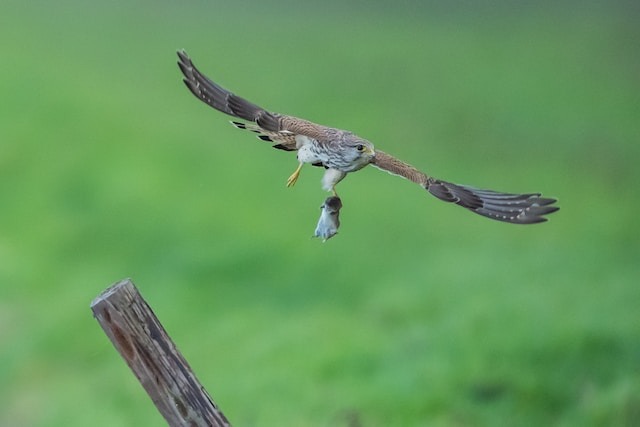
Do Hawks Bury Their Food?
No, hawks do not bury their food. Unlike some other birds, hawks are not known for burying or caching their prey. They typically consume their catch immediately or carry it to a safe location to eat. Hawks are opportunistic hunters and prefer fresh meals to buried treasures.
Overview of Hawk Hunting Behavior
Hawks exhibit a diverse range of hunting behaviors that include aerial hunting, ground hunting, and cooperative hunting strategies, which are influenced by various factors such as habitat, prey availability, and social dynamics.
They have a keen sense of sight, sharp talons, and a powerful beak, which enable them to capture their prey with remarkable precision and efficiency.
Hawk hunting techniques vary depending on the species, with some relying on stealth and ambush, while others use speed and agility.
Hunting success rates also vary, with some hawks having a higher success rate than others, depending on the skill level and experience of the individual bird.
Research has shown that hawks are among the most successful predators, with some species having a success rate of up to 80%.
These impressive hunting abilities make hawks a formidable predator in the animal kingdom. In the subsequent section, we will compare and contrast hawks’ hunting behaviors with those of other animals.
Comparison with Other Animals
Birds of prey, such as eagles and owls, have been observed to hide their food in order to protect it from other predators. However, hawks have not been observed burying their food.
This behavior can be attributed to ecological factors such as the hawk’s preference for fresh prey and their ability to consume large portions of food in a short period of time.
Additionally, hawks are known to be agile predators and can defend their food from other predators with their sharp talons and beaks.
Research and studies in the field have shown that animal behavior is influenced by a range of factors, including genetics, environment, and learning.
Therefore, it is important to consider these factors when analyzing the behavior of animals such as hawks.
Moving forward, it is important to examine the hunting behavior and prey preference of hawks to gain a better understanding of their ecological role and impact on the environment.

Hawk Prey Preference
Examining the ecological impact of hawk prey diversity is crucial for understanding and preserving the delicate balance of the ecosystem.
Hawks, like many other predator species, are opportunistic hunters that have a wide range of prey preference.
Their choice of prey can have a significant impact on the food chain and the overall health of the ecosystem.
For example, if hawks preferentially hunt one species of prey, it may lead to a decline in that species, which can then affect the population of other species that rely on that prey as a food source.
Studies have shown that hawks tend to select prey based on factors such as size, mobility, and abundance. They also tend to focus on prey that is easier to catch and consume.
Understanding these patterns of prey preference is essential for managing and protecting ecosystems, as it enables us to predict and prevent potential imbalances in the food chain.
With this in mind, it becomes evident that examining the ecological significance of hawk prey diversity is critical for maintaining the health and balance of our ecosystems.
This understanding will help us to further explore the feeding behavior of hawks and the importance of burying food.
Hawk Feeding Behavior
Similar to a finely-tuned machine, the feeding behavior of hawks is a complex and intricate process that involves a range of factors, including prey selection, capture, and consumption.
Hawks are known for their impressive hunting skills, and their feeding habits are just as fascinating.
After capturing their prey, hawks will often consume it immediately, tearing it apart with their sharp beaks and talons.
However, in some cases, hawks may choose to store their food for later consumption.
This behavior is observed more commonly in migratory hawks, who may encounter periods of food scarcity during their long journeys.
Some species of hawks, such as the Northern Goshawk, have been observed burying their prey in the ground or covering it with leaves for later retrieval.
This behavior is thought to be a survival strategy, allowing the hawk to conserve energy and ensure a future food source.
Overall, the feeding behavior of hawks is a remarkable display of adaptability and resourcefulness, reflecting the incredible abilities of these majestic birds of prey.
Moving forward, it is important to examine the digestive system of hawks to gain a deeper understanding of their unique feeding habits.
Hawk Digestive System
The digestive system of hawks is a complex network of organs that work together to break down and absorb nutrients from their prey.
The hawk digestive process starts with tearing and crushing of the prey by the hooked beak, and then the food is swallowed whole or in pieces.
The food passes through the esophagus, and into the crop, where it is stored and softened by digestive fluids.
From there, the food moves to the proventriculus, where digestive enzymes are secreted to break down proteins.
Then, the food enters the gizzard, which grinds and crushes the food with the help of small stones swallowed by the hawk.
Finally, the food is passed into the intestines, where nutrients are absorbed into the bloodstream.
The nutritional value of prey consumed by hawks is essential for their survival, as they require high amounts of protein, fat, and other nutrients to maintain their energy levels and support their daily activities.
Many studies have been conducted on the nutritional requirements of hawks, and researchers have found that the type of prey consumed can affect their digestive process and overall health.
In the subsequent section about studies on hawk burial behavior, we will explore how these studies have shed light on the burying behavior of hawks and its potential relationship with their digestive system.
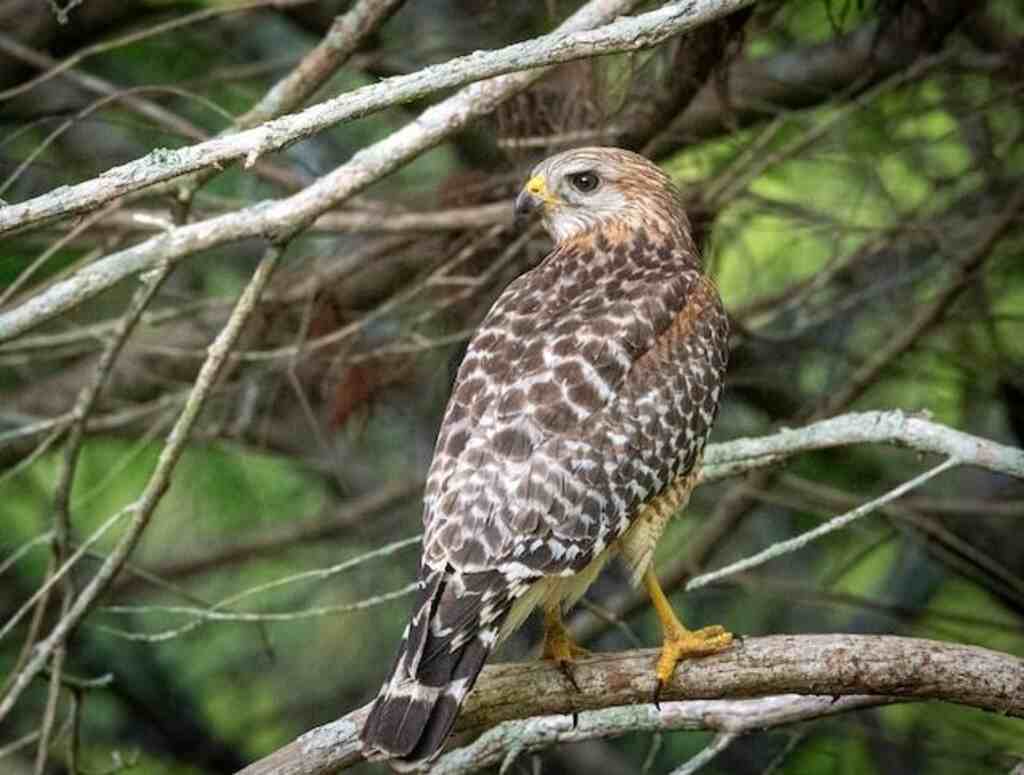
Studies on Hawk Burial Behavior
Studies on hawk burial behavior have yielded conflicting reports. Some research findings suggest that certain species of hawks do bury their food, while others indicate that this behavior is rare or non-existent.
Detailed observation and analysis of hawk behavior in their natural habitats, as well as controlled experiments in captivity, have been used to investigate this topic.
Further research is needed to clarify the extent and frequency of hawk burial behavior.
Research Findings
Examinations of hawk behavior have revealed that burying food is not a common practice among this species.
Instead, hawks tend to consume their prey immediately after capture or store it in a safe location to prevent other predators from stealing it.
The lack of evidence for hawk burial behavior suggests that this controversial topic may be the result of misinterpretation or misidentification of other species’ behavior.
However, the debate on this topic continues, and conflicting reports have emerged regarding the extent of hawk burial behavior.
Some studies suggest that certain species of hawks may bury their food in specific circumstances, such as when they need to store food for later consumption or when they need to hide it from other predators.
Nevertheless, further research is needed to fully understand the feeding habits and behavior of these fascinating birds of prey.
Conflicting Reports
While some research findings suggest that hawks do bury their food, there are also conflicting reports about this behavior.
These hawk behavior controversies have led to the debunking of the burial myth, as there is no concrete evidence to support it.
Some researchers argue that hawks are not capable of burying their food, while others believe that they may cover it with leaves or other materials.
However, there are alternative explanations for disappearing prey that are not related to burial behavior.
Alternative Explanations for Disappearing Prey
Other possible reasons for the disappearance of prey include scavenging by other animals, weather-related events, or natural decomposition.
While hawks are known to bury their prey, it is important to consider alternative explanations for when prey goes missing.
For example, predator activity from other animals in the area may play a role in the disappearance of prey.
Additionally, scavenger behavior can contribute to the rapid removal of prey from the area. Weather-related events, such as strong winds or heavy rain, may also cause prey to be displaced or washed away.
Finally, natural decomposition can cause the prey to break down and become unrecognizable, leading to the perception that it has disappeared.
Further research is needed to fully understand the various factors that contribute to the disappearance of prey in different environments.
Understanding these factors can have implications for conservation efforts and the management of wildlife populations.
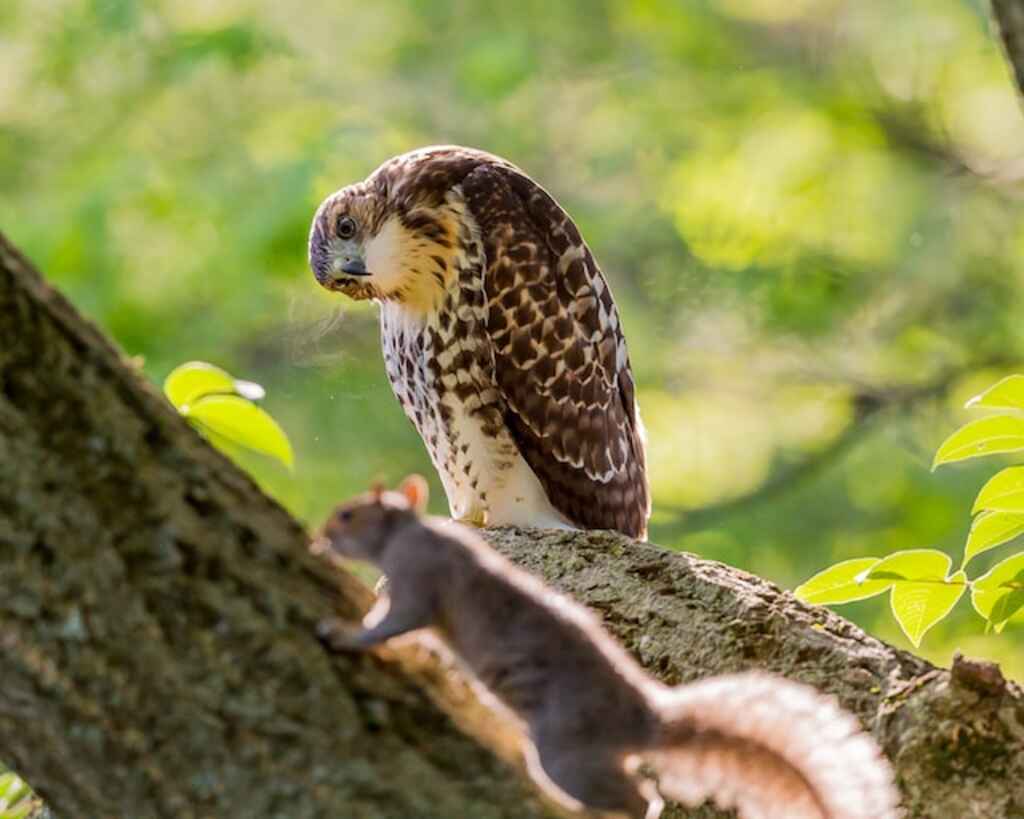
Implications for Conservation
The implications for conservation regarding the disappearing prey phenomenon are significant, as it has a profound impact on ecosystems.
The role of hawks in food chains cannot be overstated, as they are apex predators that can influence the dynamics of entire ecosystems.
Research and studies in the field have shed light on the crucial role of hawks in maintaining ecological balance, and their conservation is essential for the health and stability of natural communities.
Impact on Ecosystems
The impact of hawks burying their food on ecosystems is a topic that has been studied extensively by ecologists.
Hawks, like many other scavenger species, play a vital role in ecological balance by consuming carrion and distributing nutrients throughout the food web.
However, burying uneaten prey can also have significant consequences.
Some studies suggest that burying behavior can reduce the availability of food for other scavengers and predators, leading to competition and potential population declines.
Additionally, buried food can attract a different set of decomposers, altering the nutrient cycling process and potentially leading to changes in plant community composition.
Understanding the complex relationships between hawks and their environment is crucial for effective conservation and management efforts.
Moving forward, it is essential to continue studying the impacts of burying behavior and identifying potential ways to mitigate any negative consequences.
In the following section, we will discuss the role of hawks in food chains and their importance in maintaining ecosystem health.
Role of Hawks in Food Chains
Hawks’ position in food chains highlights their importance as top predators in maintaining the balance of energy flow and population control within ecosystems.
They play a crucial role in food web dynamics by controlling the populations of their prey, which in turn affects the populations of their prey’s prey.
Through predator-prey relationships, hawks help regulate the populations of animals in their ecosystem, preventing any one species from dominating.
This is critical in maintaining the overall health and diversity of the ecosystem.
Studies have shown that the removal of top predators like hawks can have cascading effects on entire ecosystems, resulting in changes to vegetation, soil, and water quality.
Therefore, understanding the role of hawks in food chains is essential for the preservation and conservation of natural ecosystems.
Further research into the behavior and traits of hawks can provide valuable insights into their ecological function and help inform future conservation efforts.
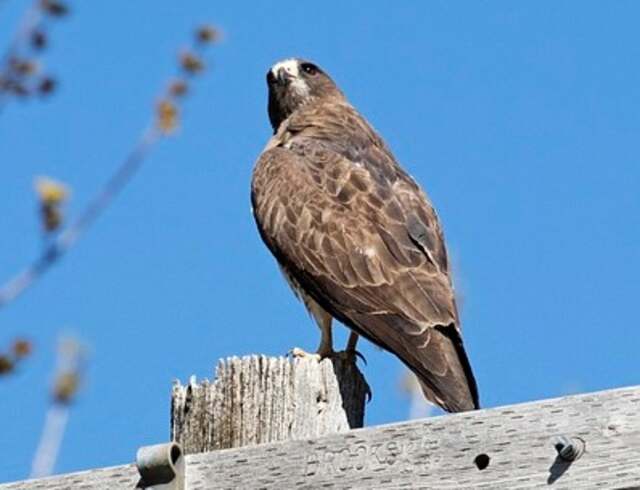
Conclusion and Future Research Directions
One possible avenue for future research on hawks burying their food is to explore the similarities and differences between this behavior and the caching behavior of other bird species, such as jays and nutcrackers, to shed light on the evolutionary and ecological factors that drive this phenomenon.
Possible explanations for hawks burying their food could be behavioral adaptations to ensure food security in times of scarcity or to protect their food from competitors.
In order to fully understand this behavior, studies could be conducted to analyze the specific environmental conditions that lead to the development of this behavior and the cognitive mechanisms that enable hawks to locate their buried food.
Additionally, further investigation could be done to examine the potential impact of human activities, such as habitat destruction or climate change, on the prevalence of this behavior in hawks.
By exploring these topics, we may gain a better understanding of the role of hawks in their ecosystem and the factors that contribute to their adaptive success, ultimately leading to a more comprehensive understanding of the natural world.
Frequently Asked Questions
How do hawks locate their prey?
Hawks have exceptional hunting methods, utilizing keen eyesight and powerful talons to detect and capture prey. They can detect prey from afar through visual cues and auditory signals, and may also use their sense of smell to locate food.
Research has shown that hawks have highly specialized adaptations for prey detection, which allows them to effectively hunt in a variety of environments.
What are the different types of hawks and their hunting behaviors?
Hawk species diversity and prey preference are vast. For instance, Northern Harriers hunt small mammals, while Red-tailed Hawks prefer larger prey. Studies show that hawks use various hunting techniques, including soaring, perching, and hovering.
These behaviors demonstrate their exceptional ability to survive in the wild, appealing to individuals who desire freedom.
How long can a hawk go without eating?
Survival tactics and physiological effects: exploring the limits of hawk fasting. Hawks can go without food for several days, with some species able to survive for up to two weeks. Comparing hawk fasting abilities to other birds of prey: what sets them apart?
Do hawks only eat live prey, or will they scavenge for food?
Scavenging habits and foraging patterns of hawks have been explored to understand their nutritional value. Habitat loss and climate change have influenced their behavior. Studies suggest they may scavenge, but live prey is preferred.
What are the potential consequences of hawks disappearing from their habitats?
The disappearance of hawks from their habitats could result in a disruption of ecological balance and have a significant impact on the food chain.
Numerous studies have shown that hawks play a crucial role in controlling prey populations and maintaining ecosystem health.

